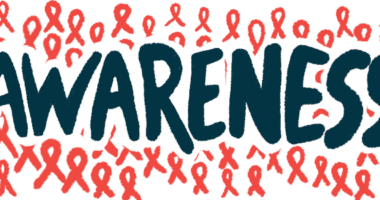Telehealth Is Feasible, Effective Way to Treat Behavioral Issues in FRX, Study Shows

Implementing behavioral treatment via telehealth is a feasible and potentially cost-effective strategy for treating behavioral problems in boys with fragile X syndrome, a study shows.
This strategy is able to circumvent the problem parents face when living in a rural area and cannot drive long distances to reach the nearest qualified therapist, researchers say.
The study, “Telehealth Delivery of Function-Based Behavioral Treatment for Problem Behaviors Exhibited by Boys with Fragile X Syndrome,” was published in the Journal of Autism and Developmental Disorders.
Over the last few decades, studies have shown that behavioral interventions can be successfully implemented in a home, school, or clinical setting to reduce the frequency of problem behaviors that commonly occur in children with developmental disorders, such as fragile X syndrome.
Approximately 40-70% of boys with fragile X have severe behavioral problems including self-injury, property destruction, and aggression. However, only one in five of these boys receives any form of behavior management services.
One of the major barriers to implementing these interventions is the inability of families to travel long distances to see a qualified therapist in a clinic. Therefore, researchers have been increasingly turning toward using telehealth services to implement such therapeutic strategies, which use telecommunication to deliver services and information.
In addition, telehealth can be a cost-effective approach to help reduce the disparity in health services access between people in urban areas and those in rural ones.
Stanford researchers investigated the possibility of using telehealth to deliver function-based behavioral treatments to 10 boys with fragile X (3 to 10 years of age) in order to reduce the incidence of problematic behaviors.
Problem behavior was defined as “any self-inflicted form of behavior that could result in tissue damage to the child’s own body including self-biting, head-hitting, and body-hitting, and/or any aggressive form of behavior that could result in tissue damage to others or damage to the environment including hitting, kicking, biting, scratching, pushing, grabbing, pulling, and pinching others,” researchers said.
At the beginning of the study, a qualified therapist visited the family at home for two consecutive days to conduct the functional analysis. After this training period, each caregiver was coached by another therapist to implement the protocol of the interventions through videoconferencing. The behavioral therapy protocol was conducted on a daily basis in order to establish a treatment momentum over the course of 12 weeks.
All treatment sessions occurred via telehealth at the patient’s home. The sessions lasted one hour, which resulted in an average of 25-30 minutes of actual treatment. The therapist provided real-time praise and corrective feedback to the caregiver as the treatment protocol was implemented via videoconferencing.
Results showed that all eight children who completed the 12-week treatment experienced a reduction of 78.8% to 95.3% in behavioral symptoms compared to before the treatment.
Researchers also evaluated the parents’ procedural integrity and acceptability of the intervention protocol. Throughout the treatment, caregivers showed a mean fidelity of protocol implementation of 93.2%, which means the protocol was strictly followed and maintained until the end of treatment. Caregivers also reported that the treatment was very reasonable and effective and in general they were very willing to implement it.
Supported by these results, the team believes that “implementing function-based behavioral treatment via telehealth can be a feasible, acceptable, and potentially cost-effective approach for decreasing problem behaviors exhibited by boys with [fragile X syndrome].”






